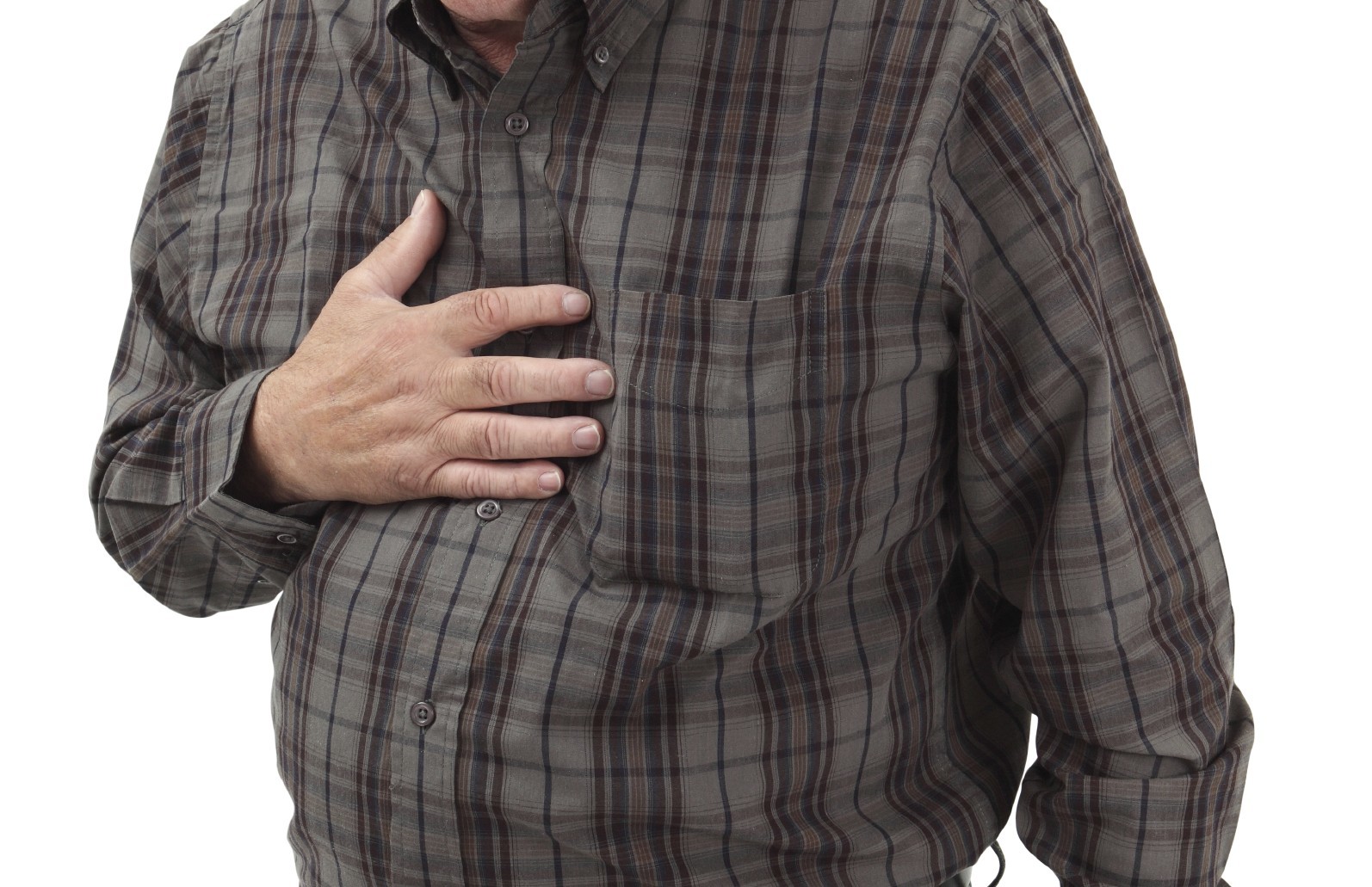Testosterone may be one of the reasons why men are more prone to heart attacks than women, research suggests.
Scientists at the University of Edinburgh examined the effects of testosterone on blood vessel tissue and found it triggered the production of hard deposits in a process called calcification.
These deposits “powerfully” predict the chance of a person suffering death or major problems due to heart disease, they said.
But when mice in the study had testosterone receptors removed so they could no longer respond to the hormone, they produced far fewer hard deposits.
Calcification causes blood vessels to harden and thicken, making the heart work harder to pump blood around the body.
It can also affect the valves of the heart, preventing them opening and shutting properly.
The authors said their findings suggested testosterone played a role in calcification and the discovery may lead to new treatments to prevent heart disease.
Funded by the British Heart Foundation (BHF) and the Biotechnology and Biological Sciences Research Council (BBSRC), the study was published in the journal Scientific Reports.
Researchers also examined blood vessel and valve tissue from people with heart disease and found that cells from these tissues contained the hard bone-like deposits and also carried the testosterone receptor.
This further suggested that testosterone may trigger calcification, they said.
Some 119,000 men are admitted to A&E every year suffering a heart attack, compared to 69,000 women.
Dr Vicky MacRae, from the University of Edinburgh’s Roslin Institute, said: “Calcification is particularly difficult to treat, as the biological processes behind the disease are similar to those used by our body to make and repair bone.
“By finding this link between testosterone and calcification we may have discovered a new way of treating this disease and also reducing heart disease.”
Professor Jeremy Pearson, associate medical director at the British Heart Foundation, said: “The role of male sex hormones in the control of vascular calcification is poorly understood.
“This study, in cells taken from mice and human tissue, provides new evidence that testosterone can increase calcification. But significantly more research is needed to understand whether the results have implications for patients with heart disease or those taking androgen (testosterone) replacement therapy.”










